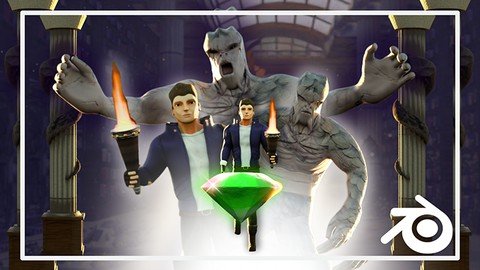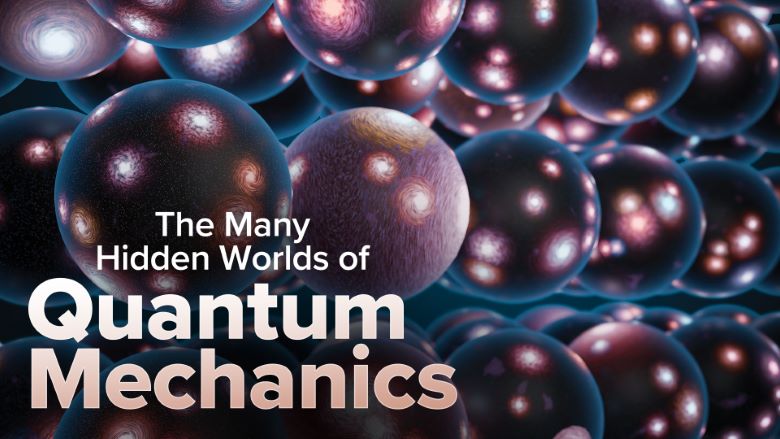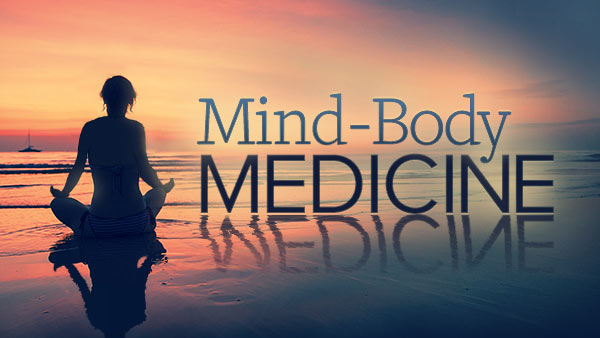
TTC - Traveling the Roman Empire
Released 09/2022
MP4 | Video: h264, 1280x720 | Audio: AAC, 44.1 KHz, 2 Ch
Genre: eLearning | Language: English | Duration: 8 Lessons (4h 50m) | Size: 4 GB
At its height, the Roman Empire spanned nearly two million square miles, extending over three continents, and including a large fraction of the ancient world s population. From Spain to the Middle East, from the Sahara to the Balkans, Roman civilization flourished, enhanced almost everywhere by architectural and artistic wonders
At its height, the Roman Empire spanned nearly two million square miles, extending over three continents, and including a large fraction of the ancient world s population. From Spain to the Middle East, from the Sahara to the Balkans, Roman civilization flourished, enhanced almost everywhere by architectural and artistic wonders. Two thousand years later, it s still possible to experience many of these marvels, including
The Roman Forum: Relics of the empire turn up everywhere in Rome. Some of the most magnificent are in the Forum, the center of Roman civic life, with temples, triumphal arches, commemorative columns, and other monuments evoking imperial glory.
M rida: This Spanish city was one of the most important in the empire and has many surviving structures, including a remarkable theater complex and a stone arched bridge extending nearly half a mile the longest extant span from Roman times.
Petra: Hidden in the Jordanian desert, this ancient Nabataean city shows how Roman culture blended with even older traditions. After taking control, the Romans added their usual civic improvements alongside mysterious local structures.
Taking you on a video tour of these and other sights and adventures, archaeologist Darius Arya brings the ancient world to life in Traveling the Roman Empire. Shot on location in Rome, Spain, Morocco, the Balkans, and elsewhere, the eight half-hour episodes are ideal for previewing possible destinations for your own travels, or you can simply sit back and bask in the glories of antiquity from the comforts of home.
Much more than a guide to must-see attractions, this series introduces you to Roman history and the societies that coexisted with Rome or replaced it after the disintegration of the empire. You discover how modern cities such as Seville and Belgrade, not to mention Rome itself, are a rich mix of cultures built on Classical, Christian, Islamic, or other civilizations. Further, Darius interviews current inhabitants who are still adhering to ancient practices.
An Expert Tour Guide
With a first name tracing to ancient Persian kings, Darius is an archaeologist in the T. E. Lawrence and Indiana Jones mold, immersing himself in the languages, religions, technologies, economies, and customs of the lands of the Roman Empire. His engaging expertise has been widely featured in television documentaries and online seminars. One common passion of archaeologists is to embrace the daily life of the countries where they do their research. In this spirit, Darius has much to say about the local cuisine, street life, and scenery of the sites he visits. He also demonstrates the athletic opportunities, riding horseback in Spain; rowing on the Tiber in Rome; rock climbing in Jordan; and swimming, boating, and diving in the Adriatic Sea all in pursuit of authentic ancient experiences.
Throughout Traveling the Roman Empire Darius puts the ruins he tours in context. Often the encounter with an archaeological site can be confusing, and it takes a leap of the imagination to see the place as it once was. Darius provides that creative spark, enlivening locations such as these
Diocletian s Palace: After bringing renewed stability to the empire in the 3rd century, the Emperor Diocletian built a coastal fortress retirement home in his native Dalmatia. Today, it is a vivid, immersive experience in the life of a Roman potentate.
Volubilis: This well-preserved Roman frontier town in Morocco has the remains of sprawling villas, each with a mythology-themed floor mosaic. Darius translates some of the city s abundant inscriptions, where long-vanished individuals speak across the millennia.
Jerash: Some 2,500 miles east of Volubilis, Jerash is another time-capsule of multicultural civilization. Situated in Jordan, here the arena of ancient civic life is on full display, with plazas, temples, public baths, theaters, a porticoed market, and a hippodrome.
An Incomparable Grand Tour
Aside from famous attractions in Rome, such as the Colosseum, Trajan s Column, and the Arch of Constantine, some of the settings in the series may look eerily familiar. That s because Star Wars, Dune, and other science fiction films were shot on location in Wadi-Rum. This alien-looking region is also called the Valley of the Moon and includes the renowned rock formation The Seven Pillars of Wisdom. In another d j -vu experience, visit Diocletian s Palace, which was the backdrop for scenes in the television series Game of Thrones.
Traveling the Roman Empire is a matchless grand tour covering an astonishing range of landscapes, cultures, and history. Even if you have explored many of these places before, Darius will give you fresh insights and a new appreciation for the remarkable achievements of a single-minded city on the Tiber that had the vision, discipline, and institutions to conquer the known world and make it prosper.
What Will You Learn?
Explore the length and breadth of the Rome Empire
Visit some of the gems of Roman civilization
See ruined cities come alive through the eyes of an expert archaeologist
Learn how local cultures blended with those of the Roman conqueror
Code:
https://anonymz.com/?https://www.thegreatcourses.com/courses/traveling-the-roman-empire

Code:
https://rapidgator.net/file/5ca85269fca9704d6006ec6c2167ee38/Traveling_The_Roman_Empire.rar
Code:
https://nitroflare.com/view/1E64DA1D9BCEB50/Traveling_The_Roman_Empire.rar

 Our Live Cams
Our Live Cams





 Reply With Quote
Reply With Quote

















